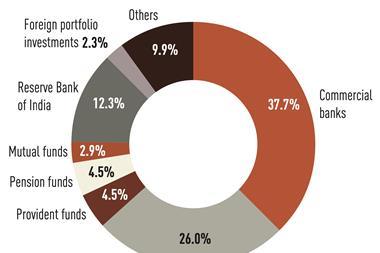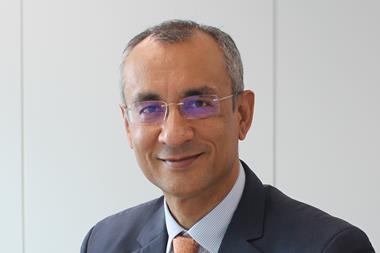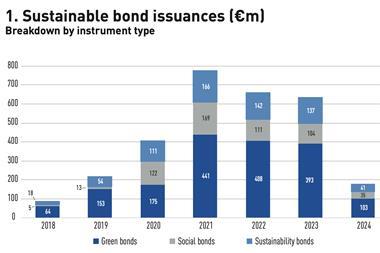Over the next few decades, global aging promises to affect everything from business psychology and workforce productivity to the shape of the family and the direction of global capital flows. Richard Jackson, Senior Fellow at the Center for Strategic and International Studies in the US, says, “Many Asian societies are aging while they are still in the midst of development. Perhaps most fatefully, the coming age could throw into question the ability of societies to provide a decent standard of living for the old without imposing a crushing burden on the young.
In order to determine which countries are most prepared to meet the challenge, the CSIS, with backing from the UK’s Prudential Corporation, have devised the Global Aging Preparedness Index (or GAP Index). It provides the first comprehensive quantitative assessment of the progress that countries worldwide are making in preparing for global aging, and particularly the old-age dependency dimension of the challenge. The GAP Index consists of two separate sub-indices—the fiscal sustainability index and the income adequacy index. It covers twenty countries, including both developed economies and emerging markets.
Prudential’s Paul Hancock, who is Asia regional head for the Company’s institutional asset management business, based in Hong Kong, was involved in the research process, which makes projections for these 20 countries’ pension system up to 2040. He says, “It’s hard not to be concerned about the adequacy of pension funding around the world. Our attitude has been, let’s highlight the problems early on and start to outline the solutions.”
Hancock was involved in early development for the Mandatory Provident Fund while working at HSBC in Hong Kong during the 1990s. His view of the market has changed as Asia’s pension environment has evolved: “I think Asia is going to evolve differently from what I would have predicted back then. DC hasn’t taken off as expected and we now have these sovereign funds in the region, who we can expect to play a role in easing some of the emerging social security challenges.
“I think much of the focus in China for sovereign wealth will be directed as pension assets. These sovereign wealth funds obviously have a multi-purpose, but I think it’s possible they will go this way. In the longer term, these funds may provide very useful “war chests” for governments looking for ways to support social welfare without increasing the tax burden,” he said.
Nonetheless, Hancock feels the big story in Asia is still about increasing personal savings. He says, “We have done a lot of work to educate people about lifestyle investing. People do understand they have to provide for their retirement, but they seriously underestimate how much they actually need.”
Hancock feels there’s a lack of industry leadership as to where the market is going with regard to pension saving issues. “That’s why we got involved in this research. To highlight the situation facing each country and what they need to address. Many reports highlight the emerging problems associated with the impact of aging globally: we seek to go further by looking at solutions.”
Today, with large age waves looming just over the horizon in most of the world’s leading economies, global aging has become the focus of growing concern. Many governments are beginning to debate—and some have enacted—major reforms. Yet despite the progress, there exists no satisfactory measure of how well countries are actually responding to the challenge.
The GAP Index builds on an analytical framework first developed by the Center for Strategic and International Studies for a study of “aging vulnerability” in the developed world. To assess “preparedness,” they project total public benefit spending and total household income by age on a consistent basis for all countries in the Index. The projections extend from 2007, the base year used in making long-term indicator comparisons, through the year 2040. The first results of the CSIS research covers twenty countries, including most major developed economies and a selection of economically important emerging markets for which adequate data were available.
The overall GAP Index consists of two separate sub-indices—the “fiscal sustainability index” and the “income adequacy index.” The fiscal sustainability index tracks the burden that public benefit spending on the elderly threatens to impose on the non-elderly. The income adequacy index tracks the living standard of the elderly relative to the living standard of the non-elderly. Throughout the Index, the “elderly” are defined as adults aged 60 and over. The two sub-indices are based on indicators grouped into distinct categories, each dealing with a different dimension of the challenge. •












No comments yet